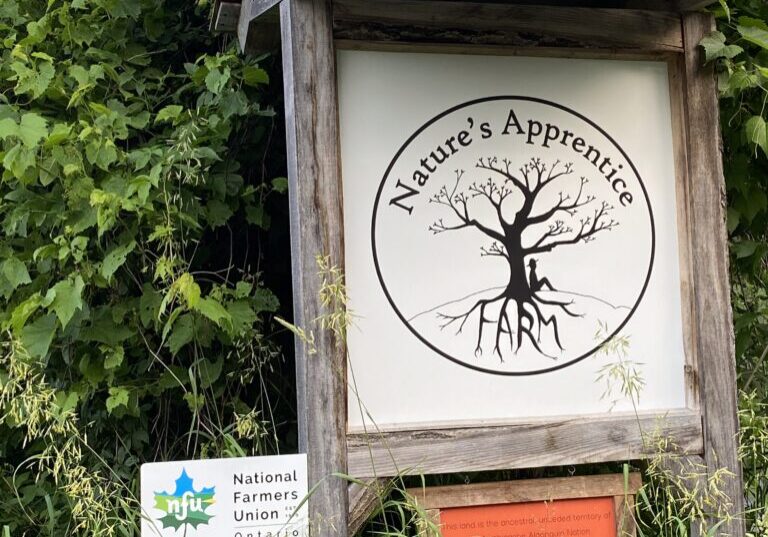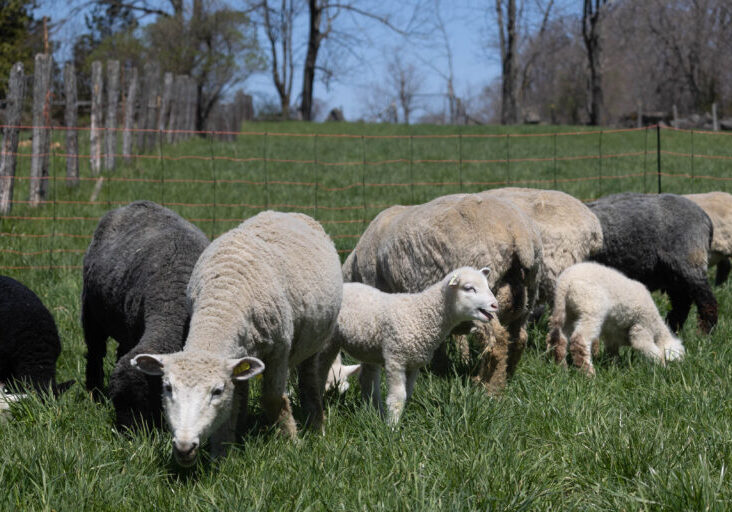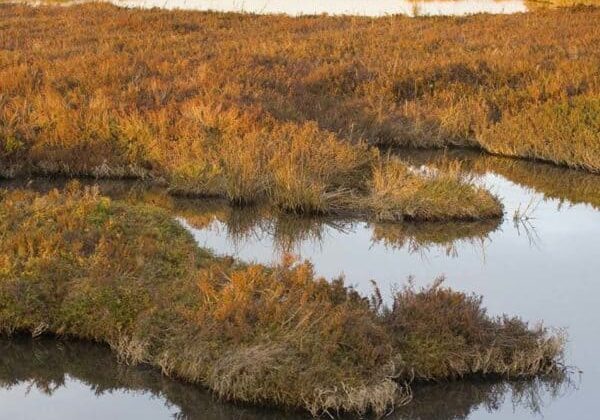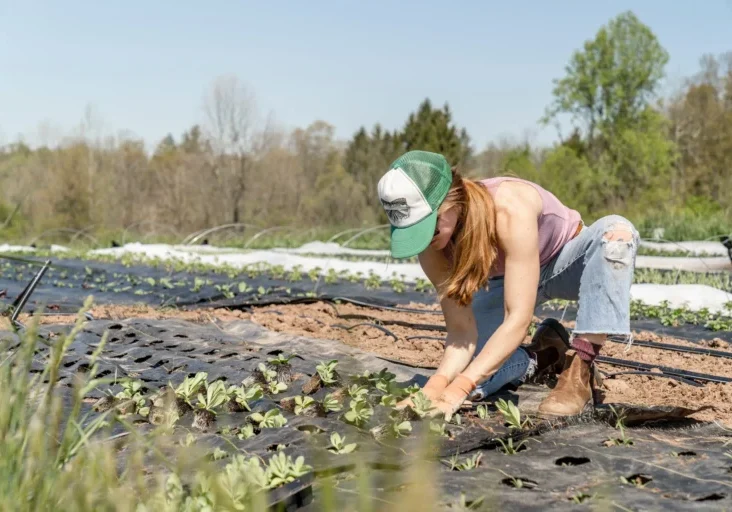Farmers sound climate change alarm amid unusually wet summer

CBC
July 28, 2024
The Westboro Farmers’ Market was bustling on Saturday morning, the path running down Byron Linear Park packed with shoppers.
A line formed at Stuart Oke’s stall, where he proudly showcased a rainbow assortment of vegetables — “the bounty of the season,” as he put it.
But regulars might have noticed some veggies missing.
“We don’t have any lettuce heads here today, and normally that’s something that we have pretty solidly through the whole year,” said Oke, the co-owner of Rooted Oak Farm in Augusta, Ont.
“They’ve just been rotting in the ground.”
Oke is one of many farmers in eastern Ontario experiencing crop losses due to an unusually wet summer season.
According to Environment Canada’s historical weather data, about 300 millimetres of rain have fallen on Ottawa since the start of June.
That makes it the wettest July in Ottawa since 2018 and the wettest June since at least 2012 — the earliest year for which data is publicly available on the agency’s website.
The excess moisture has made it hard to grow leafy greens, Oke says, and his tomato crops aren’t as abundant as usual, either.
It’s a change from earlier in the year, when a mild winter made for relatively dry spring soil, according to Andrea McCoy-Naperstkow.
“Usually winters around this area, we get lots of snow. And that snow melts into the ground. and it is a good start to getting the land ready,” said McCoy-Naperstkow, the regional director of the Ontario Federation of Agriculture.
But this year, since the moisture came from downpours, “you have lakes in your fields [even with] tiled drainage,” she said.
Maggie Winchester says heavy winds broke the stems on these beets at Parachute Farm near Vankleek Hill, Ont. (Submitted by Maggie Winchester)
Weather increasingly unpredictable
The changing conditions make it hard for farmers to predict what the season will look like, said Max Hansgen, president of the National Farmers Union in Ontario.
“If your corn is at the top of the hill this year, you’re probably going to get the best yield you’ve had in several years because of all this rain,” Hansgen said.
“But you really can’t plan for that because last year … it was quite dry, so everything that was at the top of the hill did not do very well at all.”
For Merydth Holte-McKenzie, who raises beef cattle and grows vegetables on her family farm in Balderson, Ont., wind and drought have caused problems in recent years.
“We get these microbursts where … there’s a small amount of rain and it’ll fall like two farms over, but it won’t fall on our farm,” she said.
This year, heavy rains washed out the vegetable seeds they planted and ruined the grass where the cows graze.
In Vankleek Hill, Ont., Maggie Winchester’s crops were damaged by “golfball-size hail” in a storm on Wednesday, a first for the farmer of 10 years.
She fears it’s not just a one-off.
“The level of anxiety [is] around how extreme the events are and how increasingly frequent they are,” she said. “We’ve never farmed in a ‘normal climate.'”
Maggie Winchester and her husband Mattson Griffiths have been running Parachute Farm in Vankleek Hill, Ont., for two years. They say many of their vegetables were seriously damaged by a hailstorm last week. (Submitted by Maggie Winchester)
Crop development could be hindered
Ontario’s Provincial Climate Change Impact Assessment confirms those fears.
The 2023 report anticipates extreme weather events will become more frequent, and changing precipitation patterns will increasingly hinder crop development in eastern regions of the province over the next few decades.
Hansgen says more government support is needed to ensure farmers can weather what’s to come — but until that happens, they’re finding other ways to mitigate risks.
One way is to diversify crops, something Oke already does — though he also says different strategies and more investments are needed to make a real difference.
“It’s really a life’s work, to be honest with you, in order to put all those things in place. But more and more it seems like that is a critical part of getting farming right in a changing climate.”








